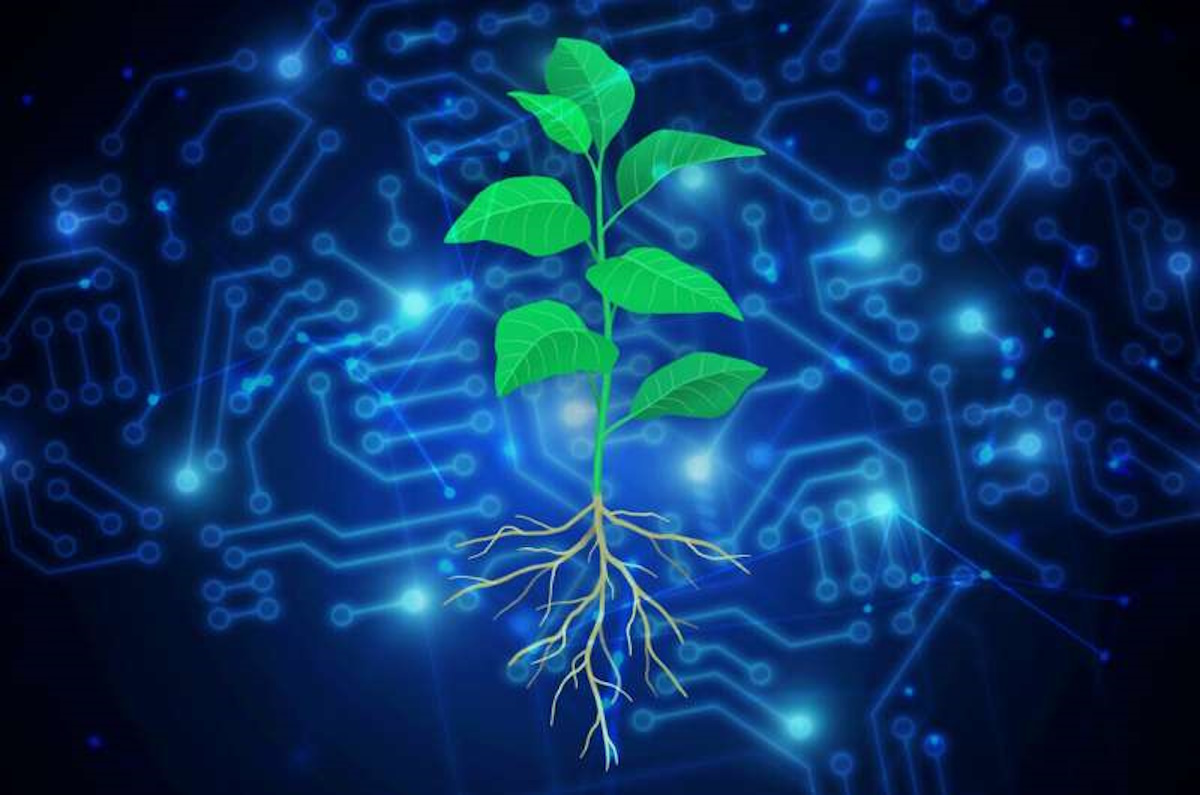The Intergovernmental Panel on Climate Change (IPCC) has sounded the alarm, emphasizing the urgent need to combat climate change by removing carbon from the atmosphere and curbing global temperature rise. In response, scientists at the Salk Institute are pioneering a groundbreaking approach by tapping into plants’ innate ability to absorb carbon dioxide from the air, focusing on optimizing their root systems to store carbon more effectively and for longer periods.
Leading this endeavor is Salk’s Harnessing Plants Initiative, where researchers are leveraging an innovative research tool called SLEAP—an artificial intelligence (AI) software developed by Salk Fellow Talmo Pereira. Originally designed to track animal movement, SLEAP has been repurposed in collaboration with plant scientist Professor Wolfgang Busch to analyze plant root growth patterns.
In a recent study published in Plant Phenomics, Busch and Pereira unveil a novel protocol for utilizing SLEAP to assess plant root phenotypes, including depth, width, and overall architecture—attributes that were previously cumbersome to measure manually. By employing SLEAP, researchers have compiled the most comprehensive catalog of plant root system phenotypes to date.
Furthermore, by correlating physical root system characteristics with genetic data, scientists can identify key genes associated with desirable traits, thereby informing the development of climate-resilient plant varieties.
What sets SLEAP apart is its integration of computer vision and deep learning technologies, enabling rapid and accurate analysis of plant images without the need for labor-intensive manual annotation. This revolutionary approach significantly accelerates the research process while minimizing human error.
To enhance accessibility, the researchers have developed sleap-roots—a downloadable toolkit that seamlessly integrates with SLEAP to analyze root system traits such as depth, mass, and angle of growth. Tested across various plant species, sleap-roots outperforms existing methods in terms of speed and accuracy, making it a valuable asset for plant scientists worldwide.
The implementation of SLEAP and sleap-roots not only accelerates plant engineering efforts but also contributes to Salk’s mission of combating climate change. As the collaborative team continues to refine and expand these tools, their impact on climate change research and plant engineering is poised to be transformative.
Source: phys.org
















Got a Questions?
Find us on Socials or Contact us and we’ll get back to you as soon as possible.